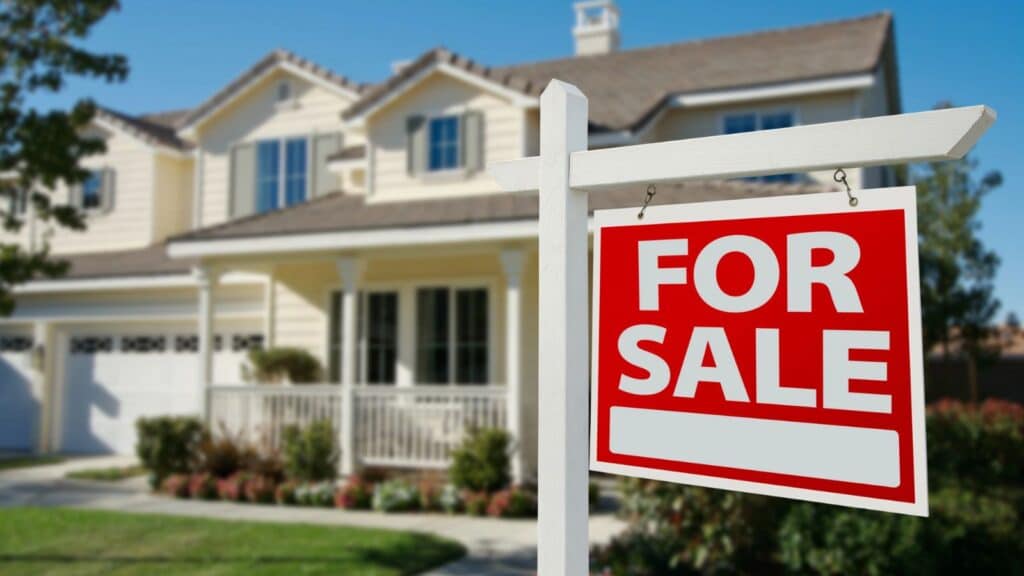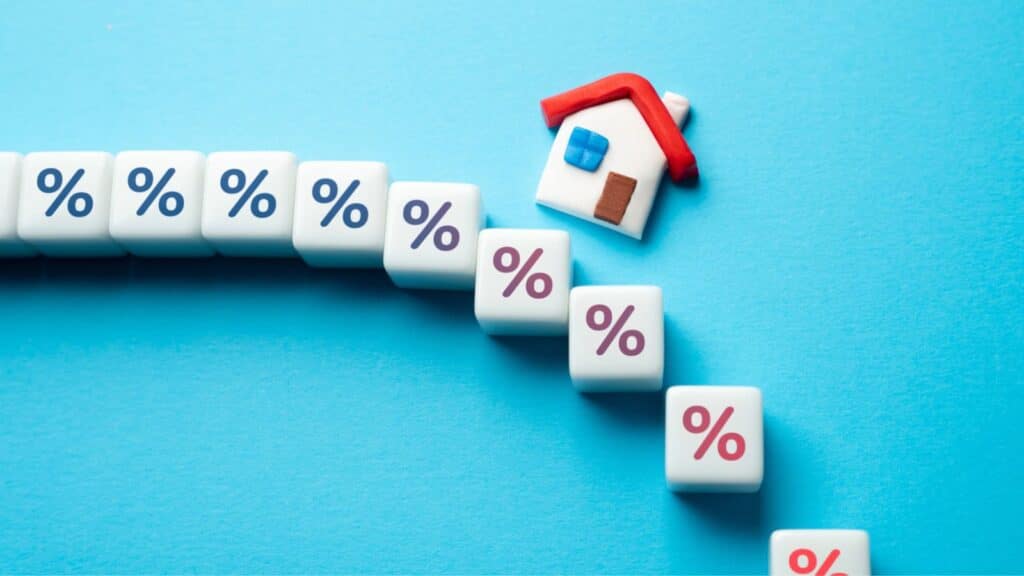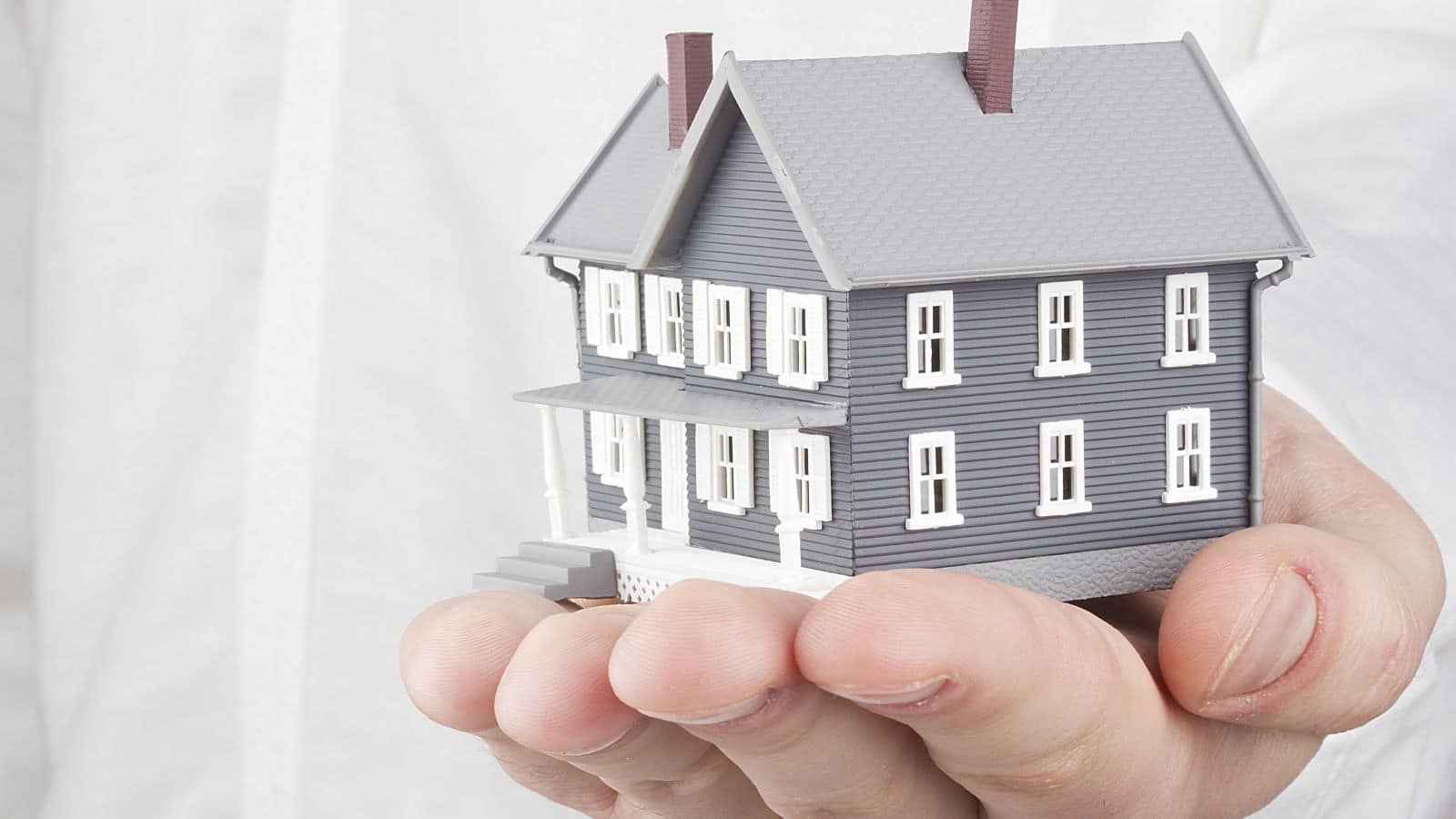Owning a home already comes with plenty of costs, but insurance is becoming one of the hardest to manage. Premiums keep climbing, leaving families with tough choices about what they can afford. Rising rates are even shaping where people buy and how they think about housing.
Affordability Is Shrinking

For many buyers, the monthly payment doesn’t stop at the mortgage. Insurance premiums are climbing so quickly that they now price some families out altogether. When insurance costs rise by hundreds, or even thousands, of dollars a year, homes that were once affordable no longer fit the budget.
💸 Take Back Control of Your Finances in 2025 💸
Get Instant Access to our free mini course
5 DAYS TO A BETTER BUDGET
Buyers Are Looking Beyond Hot Spots

High-risk areas once attracted buyers because of scenery or climate, but higher insurance bills are making people think twice. Waterfront homes, properties in wildfire zones, or houses in floodplains are harder to insure and far more expensive to protect. That’s driving many buyers to consider safer, inland areas instead.
Lenders Are Tightening Requirements

Rising premiums mean lenders are paying closer attention to insurance when approving loans. Banks want to make sure homeowners can handle the full monthly cost, not just the mortgage. That means more applications may be denied when insurance costs push buyers past debt-to-income limits.
Renters Feel the Pressure Too

It’s not just homeowners taking the hit. Landlords facing higher premiums often pass those costs onto tenants. That leads to higher rent prices, especially in high-risk regions where insurance hikes are the steepest.
Insurance Gaps Leave Homes Exposed

When premiums climb too high, some owners cut coverage to save money. That decision can leave homes vulnerable to major losses in a disaster. The problem is especially severe in states where insurers are scaling back coverage or leaving the market altogether.
Housing Markets Are Cooling

In some regions, rising insurance costs are slowing down sales. Fewer buyers are willing (or able) to shoulder the extra expense. As a result, homes stay on the market longer, and prices in those areas may begin to soften.
States With Extreme Weather Are Hit Hardest

Hurricanes, wildfires, and floods are pushing homeowners’ insurance costs to rise fast. In states like Florida and California, insurers have pulled out in risky areas, leaving many people stuck with state-backed plans. Extreme weather tied to climate change is a major driver of these rising costs, according to Business Insider. That makes real estate in some places much riskier for long-term commitment.
Builders Are Rethinking Design

Higher premiums aren’t just changing who buys homes—they’re shaping how homes are built. Builders are increasingly turning to storm-resistant materials, elevated foundations, and fire-resistant landscaping. These upgrades cost more upfront, but they help lower long-term insurance bills and appeal to cautious buyers.
Wealth Gaps Are Widening

Families with savings can absorb rising insurance bills. Those without savings cannot. That gap is growing between people who can own a home and those who cannot. Some households are walking away from deals or selling homes they can’t afford to insure. Rising premiums are adding another layer of unfairness in housing.
Insurance Costs Will Keep Reshaping Housing

Insurance is shaping housing decisions more than ever. Rising costs influence where people buy and even how homes are built. Owning a home now takes not only savings and effort but also a hard look at insurance costs.
13 Lifestyle Choices Financial Experts Secretly Detest

Money experts say your daily choices can have a bigger impact on your finances than you realize. Some habits might seem harmless but can slowly eat away at your savings or keep you living paycheck to paycheck. These are 13 lifestyle habits financial pros want you to quit to move forward. 13 Lifestyle Choices Financial Experts Secretly Detest



